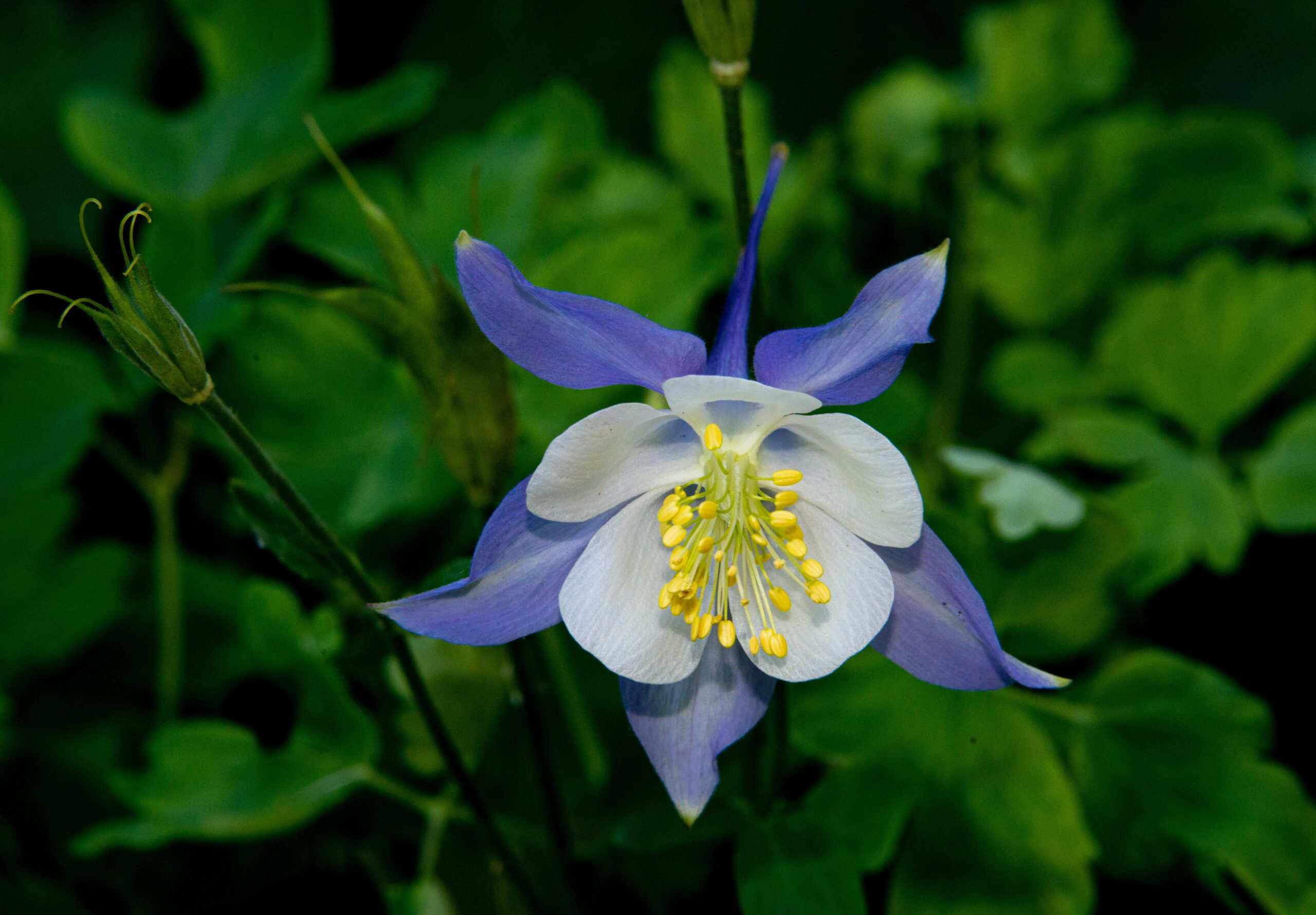Bees are essential for the survival of many plants and crops, as they pollinate them and help them produce seeds and fruits. Bees are also fascinating creatures that have complex social structures and behavior. However, bees face many threats, such as habitat loss, pesticides, diseases, and climate change. Therefore, it is important to protect them and provide them with a suitable environment to thrive. This article covers some ways How to Attract Bees with Flowers
One of the best ways to attract bees to your garden is to plant flowers that they love. Flowers provide bees with nectar and pollen, which are their primary sources of food and energy. By planting a variety of flowers that bloom throughout the seasons, you can ensure that bees have a constant supply of food and a reason to visit your garden.

But what kind of flowers do bees prefer? Here are some tips and suggestions on how to choose and grow flowers that attract bees.
- Choose flowers with bright colors, especially blue, purple, yellow, and white. Bees have good color vision and these colors stand out to them.
- Choose flowers with simple shapes, such as single-petaled or tubular flowers. These make it easier for bees to access the nectar and pollen. Avoid double-petaled or complex flowers that may confuse or deter bees.
- Choose flowers with a pleasant fragrance. Bees use their sense of smell to locate flowers; some scents are more appealing to them than others. For example, lavender, mint, rosemary, and thyme are all bee-friendly herbs that have a strong aroma.
- Choose flowers that are native to your area or heirloom varieties. These are more likely to be adapted to your climate and soil conditions and more attractive to native bees. They are also less likely to be hybridized or treated with chemicals that may reduce their nectar and pollen production or harm bees.
- Choose flowers that bloom at different times of the year. This way, you can provide bees with food from early spring to late fall and even winter. Some examples of seasonal flowers that attract bees are:
- Spring: crocus, daffodil, snowdrop, tulip, hellebore, primrose
- Summer: sunflower, bee balm, black-eyed Susan, borage, echinacea, zinnia
- Fall: goldenrod, aster, sedum, cosmos, chrysanthemum
- Winter: witch hazel, winter jasmine, mahonia

- Plant flowers in clumps or patches of the same species. This creates a visual signal for bees and makes it easier for them to find and collect nectar and pollen from multiple flowers of the same type. Aim for clumps of at least four feet in diameter if possible.
- Plant flowers in sunny and sheltered spots. Bees prefer warm and sunny areas where they can fly and forage comfortably. They also need some protection from strong winds and predators. Avoid planting flowers in shady or windy areas or near sources of noise or disturbance.
- Avoid using pesticides or herbicides on your flowers or nearby plants. These chemicals can kill or harm bees directly or indirectly by contaminating their food sources. If you need to control pests or weeds in your garden, use organic or natural methods instead.
- Provide water for bees in your garden. Bees need water to drink and cool themselves, especially on hot days. You can create a simple bee bath by filling a shallow dish or tray with water and adding some pebbles or marbles for the bees to land on. Make sure to change the water regularly and keep it clean.
- Provide nesting sites for bees in your garden. Some bees live in colonies in hives, but many others are solitary and nest in holes in the ground or in wood. You can help them by leaving some bare patches of soil in your garden or by making a bee house out of bamboo tubes or drilled blocks of wood. Place the bee house in a sunny and dry spot facing south or east.

Examples of Flowers that Attract Bees
Here are some examples of flowers that attract bees that you can plant in your garden. These are just a few suggestions; many more options are available depending on your region and preference.
- Sunflowers: These cheerful yellow flowers are a magnet for bees and other pollinators. They produce large amounts of nectar and pollen that feed many kinds of bees. Sunflowers also provide seeds for birds and other animals. Sunflowers prefer full sun and well-drained soil.
- Bee balm: This fragrant herb has red, pink, purple, or white flowers that resemble fireworks. Bee balm attracts bees with its scent and nectar-rich blooms. It also attracts hummingbirds and butterflies. Bee balm likes full sun or partial shade and moist soil.
- Black-eyed Susan: This native wildflower has bright yellow petals and dark brown centers that contrast well with other plants. Black-eyed Susan is drought-tolerant and easy to grow. It blooms from summer to fall and provides nectar and pollen for bees and other insects.
- Borage: This annual herb has star-shaped blue flowers that are edible and have a cucumber-like flavor. Borage is a favorite of honeybees and bumblebees because it produces a lot of nectar throughout the day. Borage grows well in full sun or partial shade and moist soil.
- Goldenrod: This perennial plant has clusters of yellow flowers that bloom in late summer and fall. Goldenrod is often mistaken for ragweed, which causes allergies, but it is actually beneficial for bees and other pollinators. Goldenrod thrives in full sun and dry to medium soil.
By following these tips and planting flowers that attract bees, you can create a beautiful and beneficial garden that supports these excellent pollinators. You can also enjoy watching the bees as they visit your flowers and learn more about their behavior and diversity. Remember that bees are not aggressive unless provoked or threatened, so respect their space and let them do their work peacefully.

What we love from Amazon this week
Buy these wonderful flowers directly from Amazon:















